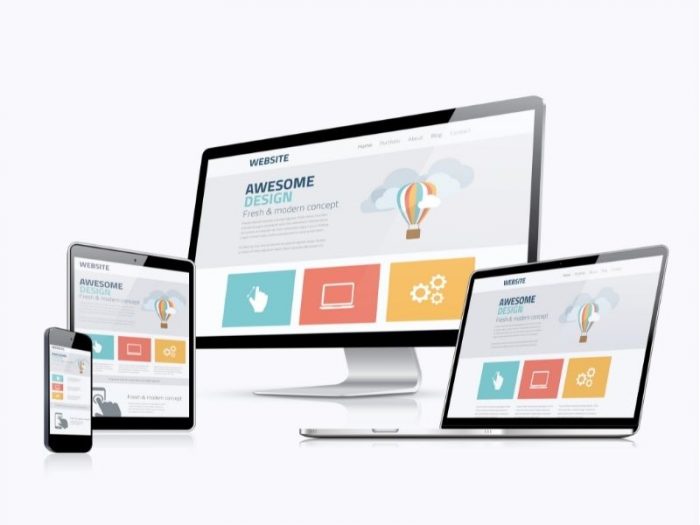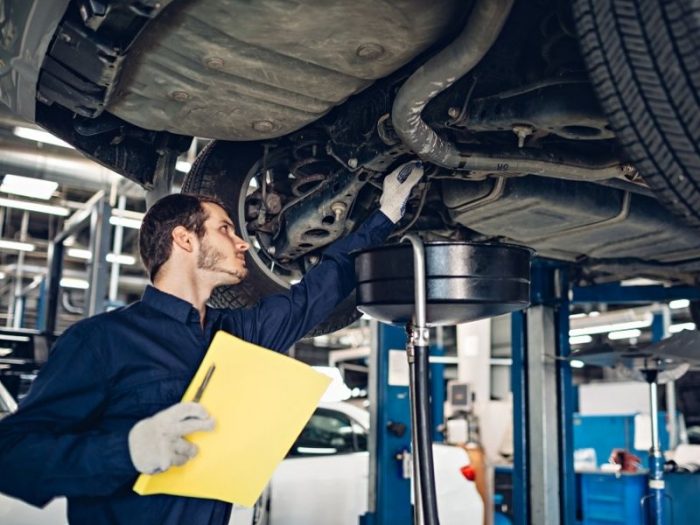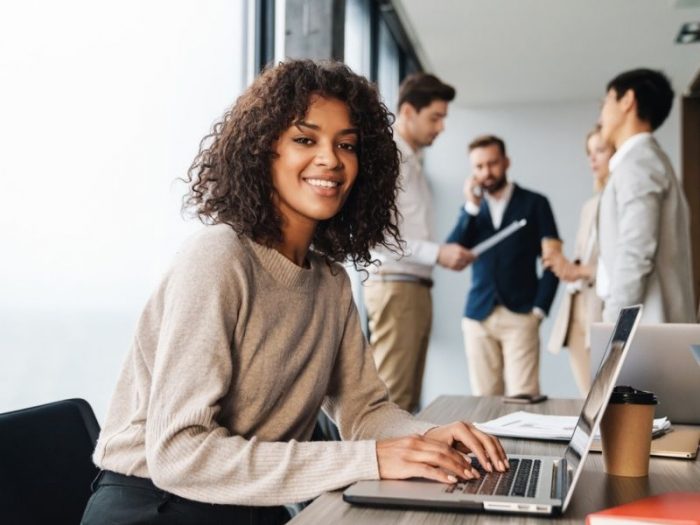Images are a vital part of every page whether it’s a blog, a landing page, or a special offer. Human beings are visual creatures and as such are often drawn to colours and imagery that reflect our expectations of a site. But beyond looking pretty, images also need to be optimised for SEO. We’re going to look at why optimising images for SEO is integral to your success.
Size Matters
When loading a web page, the images are the thing that often takes the longest to load. So if you have a landing page with a simple header image you probably won’t have any issues but for a gallery or case study with plenty of photos, you’ll need to make sure you compress your images before uploading them to the site. Optimising images so that each image is under 1MB is the standard and improves your load times significantly.



There are plenty of free tools, such as Canva and TinyPNG, you can use to compress images or change the formats. Some CMS systems even have image compression built-in like WP Smush or Yoast SEO on WordPress. Find a tool that works for you and optimise all your images. You may find all your loading speed issues disappear.
Name Your Images
While it may be easy for your visitors to see images, computers and web crawlers are still learning. When uploading images remember to title images with a description of the image. Aim for keywords and phrases that are relevant to the page and you’ll find your SEO rankings improve as web crawlers index not just the word content but also the images used on the page. This process also makes it easier for you to find an image when you need to instead of scrolling through rows and rows of ‘img2345’.
Another pro tip is to use dashes between words as web crawlers can’t read spaces or underscores.
Use Alt Tags and Captions
Alt tags are another way for web crawlers to search for clues and index your page. Alt tags are also incredibly important for accessibility as they assist visually impaired users by providing descriptions of the images on the page. These tags should provide information and context for users and even when your images break or glitch out, at least web crawlers will be able to index them correctly. You should try and keep alt tags short and sweet to make them easy to understand.



Captions are another useful tool for optimising images for SEO. While captions don’t directly add to SEO they improve user experience. Take a case study for example. If you work in motor repairs and have photos of the process of a repair job many users won’t know a gasket from a piston. Use captions to explain what you do or what you sell and your users will understand your images better.
Use Unique Images
Stock imagery is a pet hate of designers all around the world. You know the ones, the obviously staged photos with everyone in the room grinning from ear to ear. Stock images are available to anyone so chances are whatever image you use won’t be unique. Wherever possible try to use high-quality photos of your products or services or professional photography that best encapsulates your information.
Trust the Experts
Pictures say a thousand words so take the time to optimise your images for SEO and you’ll reap the rewards. If you need a hand with SEO image optimisation or want to know more about how we can help you supercharge your website contact us today and we’ll improve your visibility and improve performance.

